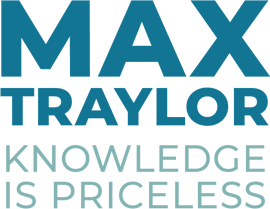
Growth is turning out to be the Achilles heel for inbound agencies. A hidden weakness within an overall strength. Some of the smartest, nicest and most driven people I know are throwing in the towel.
Thousands of small marketing outfits have jumped on the inbound marketing bandwagon. Large agencies, established sales organizations and software companies have also built out inbound teams so they can say "yes" to the services that clients are begging for. But there therein lies the problem. Agencies are being spoon-fed opportunities and they eventually get caught with their pants down having not thought through the SERVICES based business model at scale.
The more clients you have, the more employees you need. You lose an employee or two due to the extremely fast paced and rarely organized agency environment. This leads to losing key accounts and the rest of the employees are left to play catch up. You need to hire new people that you don't have time to train properly and eventually the business owner gets pulled in to put out all the fires, waking up one day to realize that this agency thing is not what you expected. Then you throw in the towel and become a consultant or go to work for an agency that figured it out. This happened to me in 2014 after running an agency for 3 years and I see more and more folks falling into the same pattern.

Be a product company, not a services company
The agencies that survive and thrive look at their "service" business as a "product" business.
A good product business knows:
- The exact process for building the product
- Every cost associated with building, delivering and maintaining the product
- The product's price and the resulting profit margin
- How many products you can handle before you need to invest in additional resources
- Other companies can sell your products for you
- Not every client will want to buy all your products at once
- Product companies are more valuable than service companies
- Every product has a shelf-life
If you want to scale your business you need to think like a product company. Period!
Now, allow me to assist you with some concrete recommendations that may just save your agency in 2016.
Tracking your time
This is a habit that every agency employee needs to adopt! Employee time is the number one cost of goods sold at your agency. You wouldn't go around selling lemonade without knowing how much lemons cost would you? Tracking your time is the only way to know if you are charging the right amount and which products are more profitable than others.
![]()
Your new policy: everyone uses Toggl (or something similar) to track your time. Employees WILL complain at first - so don't overcomplicate time tracking. The #1 priority is: if you are doing work for a client: track your time.
Identify the people that abuse your product
Sometimes it takes twice as long to blog for one client as it does another. The only thing you can do is open your eyes and objectively point at your cost structure (tracked time). Then tell those abusive clients: "hey look man, I love you and all, but my costs with you are double what they are for my other clients - lets work something out".
Regularly develop NEW products
The day your retainer begins: your clients start to learn how to do inbound marketing. Your secret sauce spills out all over the table. If you are good at what you do your clients WILL eventually be confident enough to bring what you have done in house. UNLESS you regularly provide new products they haven't seen before.
You must have a schedule of new product releases, and formal updates to your existing products. DO NOT wait for a client to ask you: "what's next" or "do you have something new" - because by then you are too late. Internally they are already thinking about what's next and something new. Then you get fired.
Many of my readers are HubSpot value added re sellers - so here is a product you can use to spice things up tomorrow: (these is for agencies).
Create re-seller relationships
Your indirect sales channel. A network of folks that sell your products for commission. You pay them nothing until your product sells. Reselling products is much easier than reselling services.
Master your product first. Make sure you can make money with it. Then teach others how to sell it.
But Max - we NEED retainers!!!
Yes, I agree with you. Your retainer should be built on products:
- Month 1: Product A and B
- Month 2: Product B and C
- Month 3: Evaluate performance and recommend either product D, E, F
- If things go really well we can do product G!
- "we like to stay agile - we have a menu of proven "products" and we can pull bring them in and out based on your needs" (speaking to the client)
- One day you get a call and your client says: "Hey we want to learn more about product R"
The retainer represents an established budget to spend on your products. And you, as good marketing consultants, can generally maintain control over what products your customers are buying. What could be better than that?
NOTE: in general I see clients shy away from retainers. The sales process is long and so much opportunity gets passed up because someone can't commit to a purchase of that size and scale. Giving clients a menu of products gives them the illusion that they are in control. They pick what they want - and you have an opportunity to upsell them later.
Hot inbound products in 2016
You need new products: like, yesterday. Your client's are doing budget planning and your employees are considering their next career move (these are the facts). No one is excited about doing the same thing aslast year.
- sales alignment
- video
- mobile
- programmatic social advertising
- influencer marketing
- predictive marketing
all hot right now.
Read: Updating your inbound agency services for a new kind of B2B buyer
My gift to you this holiday season: motivation
No funny business - call me, we can share stories.





